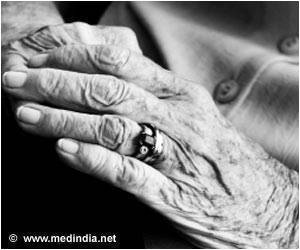
‘Researchers have identified a new molecular mechanism, which directly contributes to synapse loss, a discovery could eventually lead to earlier diagnosis of Alzheimer's disease and new treatments.’
Tweet it Now
"One of the first signs of Alzheimer's disease is the loss of synapses - the structures that connect neurons in the brain," says study leader, Dr Vladimir Sytnyk, of the UNSW School of Biotechnology and Biomolecular Sciences. In Alzheimer's disease, this loss of synapses occurs very early on, when people still only have mild cognitive impairment, and long before the nerve cells themselves die.
Alzheimer's disease is a widespread problem, with an estimated 5.3 million people suffering from it in United States alone.
A huge amount of effort is going into finding effective treatments, and there have been a lot of positive results, with teams developing new drugs that tackle aspects of aging associated with the condition, and even using ultrasound therapy to combat plaque build-ups in the brain.
In order to arrive at an actual cure for the condition, gaining a full understanding of the processes it involves is key.
Advertisement
"Synapses are required for all brain functions," he says, "and particularly for learning and forming memories." He adds that synapse loss occurs very early in Alzheimer's disease, long before the nerve cells die, when only mild cognitive impairment is noticeable.
Advertisement












